“God gave man the challenge of raw materials — not the ease of finished things. He left the pictures unpainted and the music unsung and the problems unsolved, that man might know the joys and glories of creation.”
– unknown
New York City – In the previous review I mentioned that tasting the crudo plate at Scarpetta I realized I hadn’t had sushi once during my entire trip. That’s so… wrong. And so, for my last night in town, it was out to a favorite little neighborhood (East Village, where I used to live) sushi bar, Shima, 188 2nd Avenue, at 12th Street. I’ve mentioned the place before, so I’m not going to do a whole writeup, just share some final photos and then back to our regular Buenos Aires channel. The tango-dancing manager of the place greeted me by name and promised once again to visit us on his next BsAs trip (he didn’t on his last time in, he and his wife spent five days straight dancing tango). Chef Toshio Oguma, by the way, has moved on to a different restaurant, and his former assistant is now running the sushi bar at Shima. He remembered me and a little parade of dishes started up, just like I’d never been away. That’s how to run a restaurant. [fair warning – camera phone pix] [Closed]
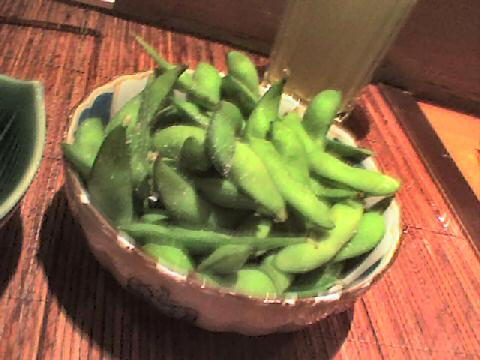
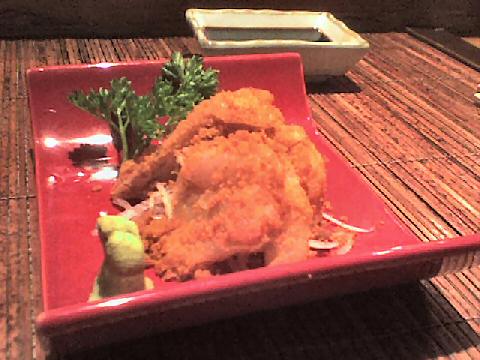
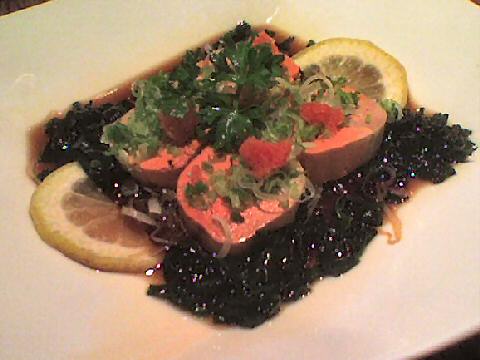
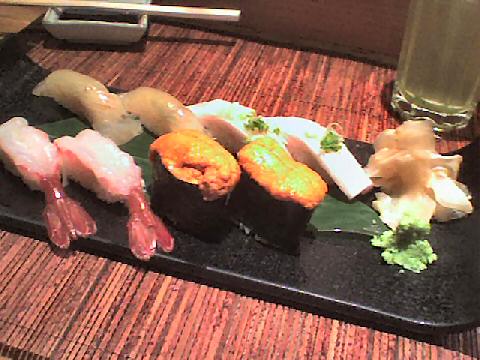
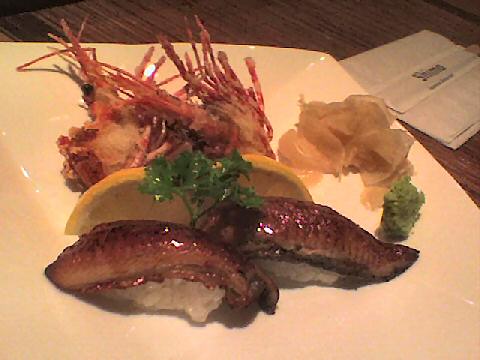
And now, as noted, back to our regularly scheduled programming….
Hello and Happy New Year!
Firs off, thank you for your great blog. It is extremely entertaining and infinitely useful! Planning to book a dinner there some time soon and looking forward to meeting you!
Please, oh please won’t you help me find edamame in Buenos Aires? Maybe I haven’t been looking hard enough, but you’d think that in a country where soy is so huge (granted, most of it is exported) it shouldn’t be that hard to find, right? I even went to Chinatown yesterday (all two blocks of it!) and scoured Casa China and Asia Central for fresh soybean, and took your recommendation to try Fujisan, hoping that a Japanese restaurant in Chinatown with such an extensive menu might offer something that is so common in Japanese joints in NY…and nothing. I even asked the waitress about it and she looked at me like I just asked if they had enriched plutonium (edamame? vaina de soja? fresca? que?).
Any advice?
Carolina, while it’s true that Argentina is a major producer of soy, it’s also the case that probably over 95% of it, if not 99% of it, is under contract for export to the US, Europe, and apparently a lot to China, so it gets processed and sent out of the country. There’s such a small domestic market for it that the fresh beans are only rarely available – usually in Casa China along Arribeños, still on the vine – I’d say I see them maybe 4-5 times a year, usually in bags in the fresh vegetable section. In terms of name, they’re labeled “porotos de soja”.
Thanks so much for your response (and sorry it took me forever to reply! :P) I guess I’ll have to go to Chinatown more often and keep checking. Is there a time of year when they are more common? Are there any restaurants here that serve it?
I’ve not seen it on any plates in a restaurant, likely because they’re pretty expensive – the last time I bought them, a branch of them, which had maybe 50 pods on it each with 2-3 beans, was 15 pesos. I think I ended up with less than a cup of shelled soybeans. Although I haven’t paid close attention to the timing, I’d guess that we’d be coming into the season they be being harvested – all the shell peas and fava beans have shown up on the market in the last couple of weeks.
Thanks so much! 🙂
[…] long time readers may remember that I had a favorite neighborhood sushi spot in NYC, Shima and here. The sushi chef, Toshio Oguma, had headed off to the Caribbean, making sushi at a resort there, […]